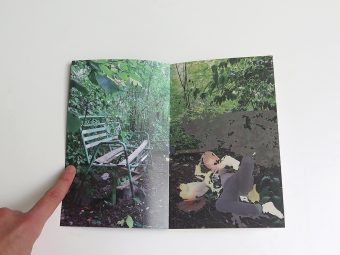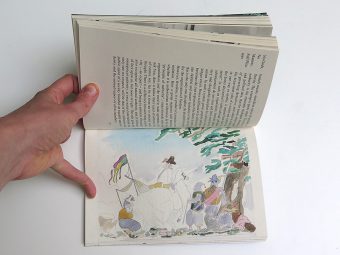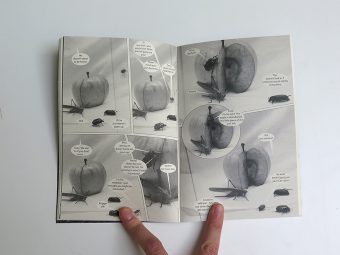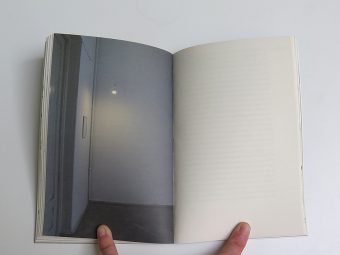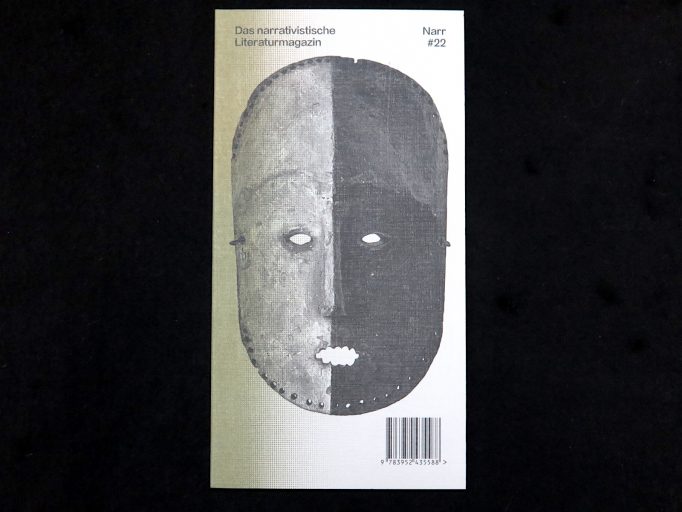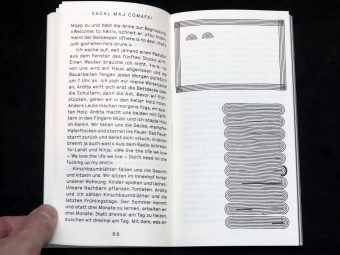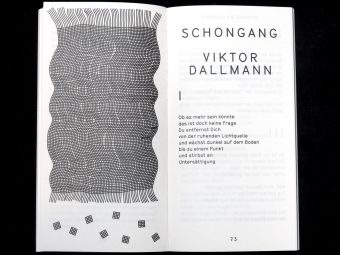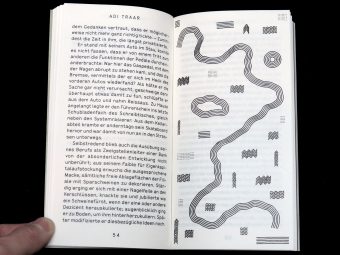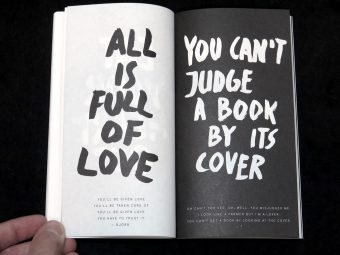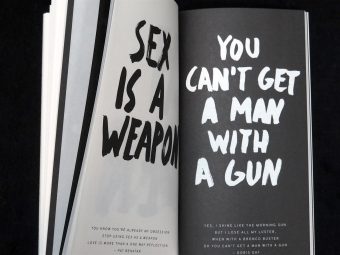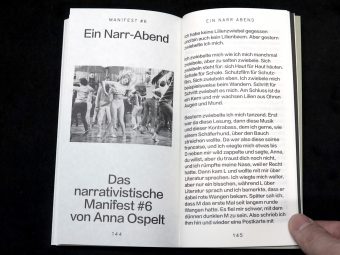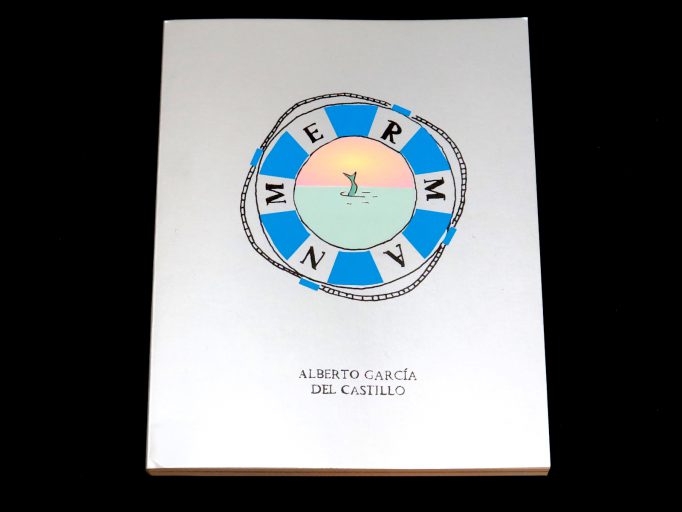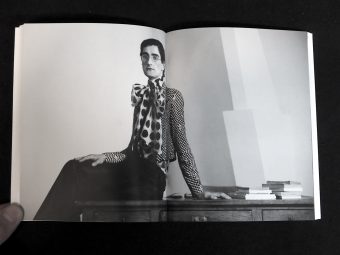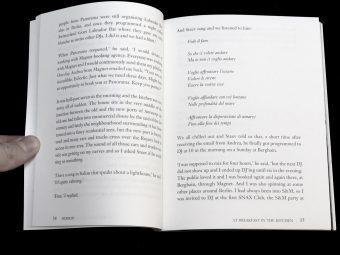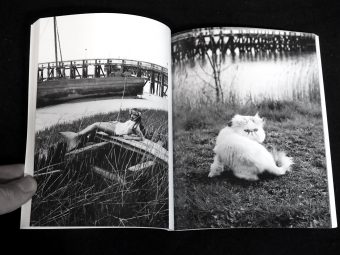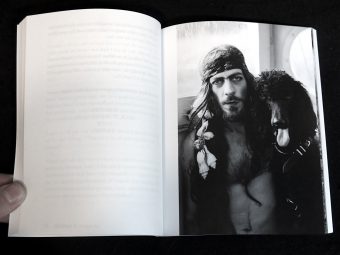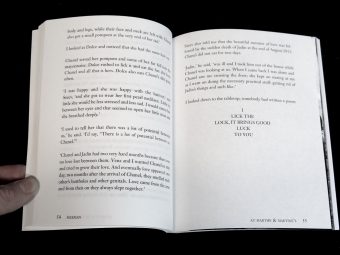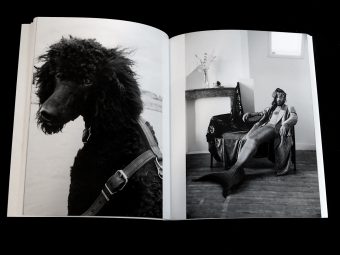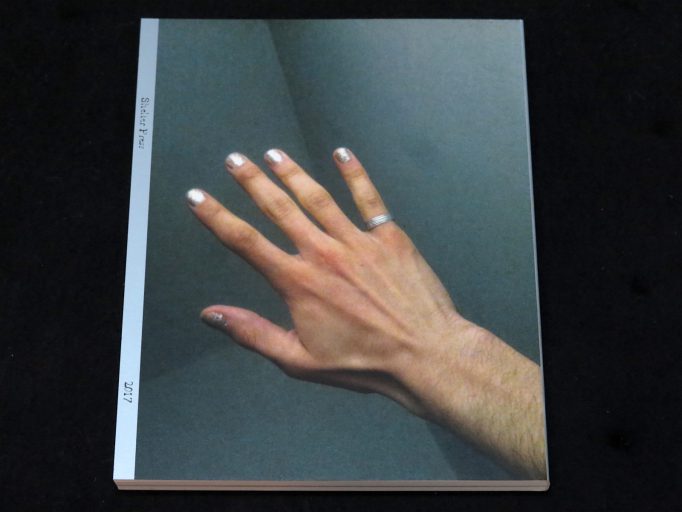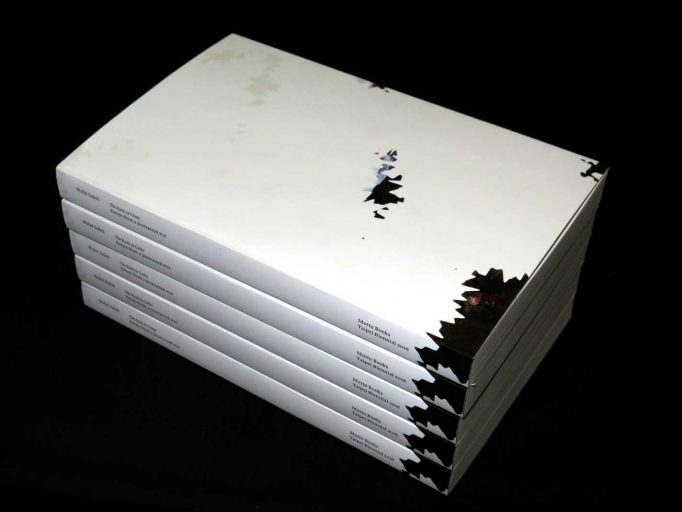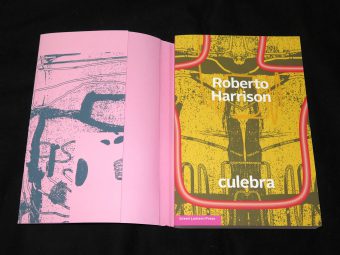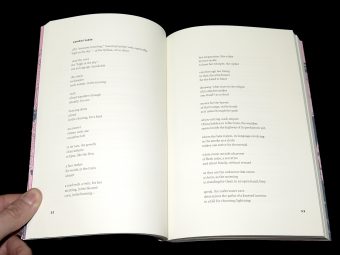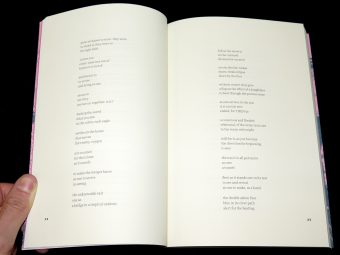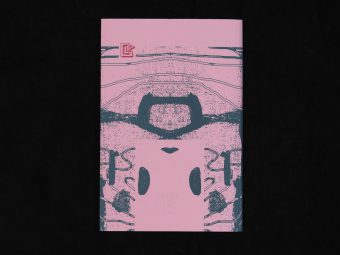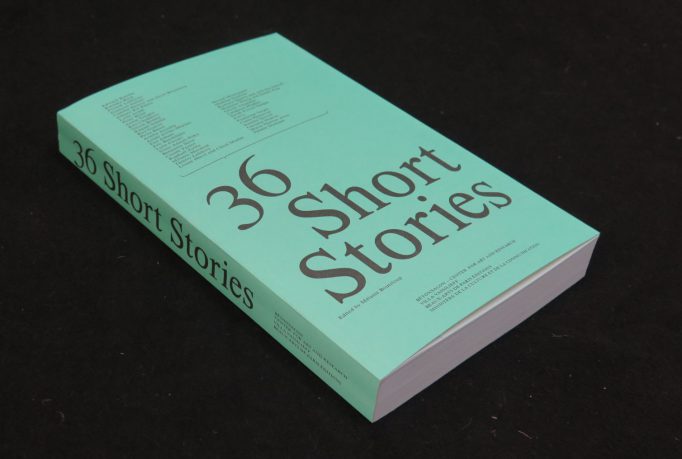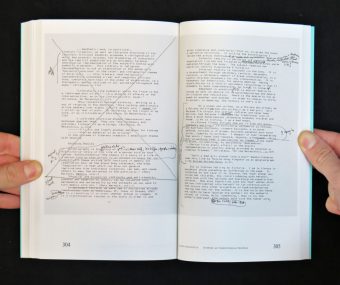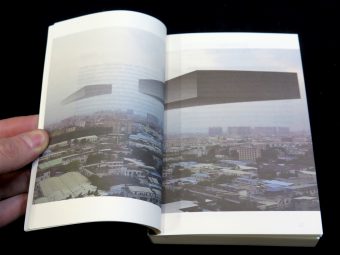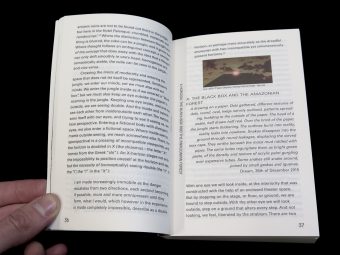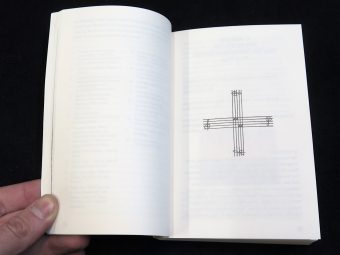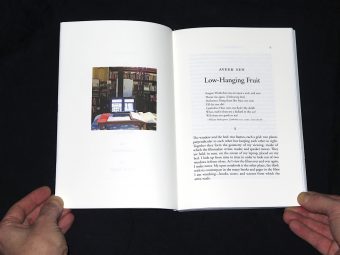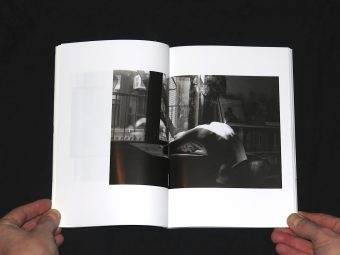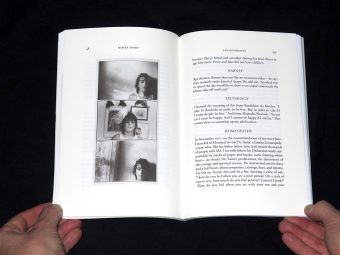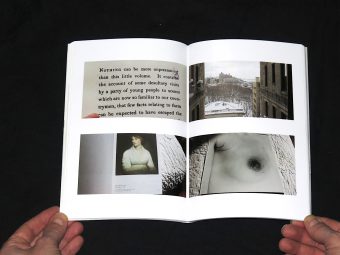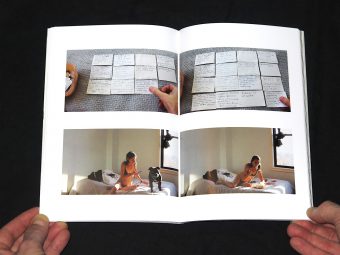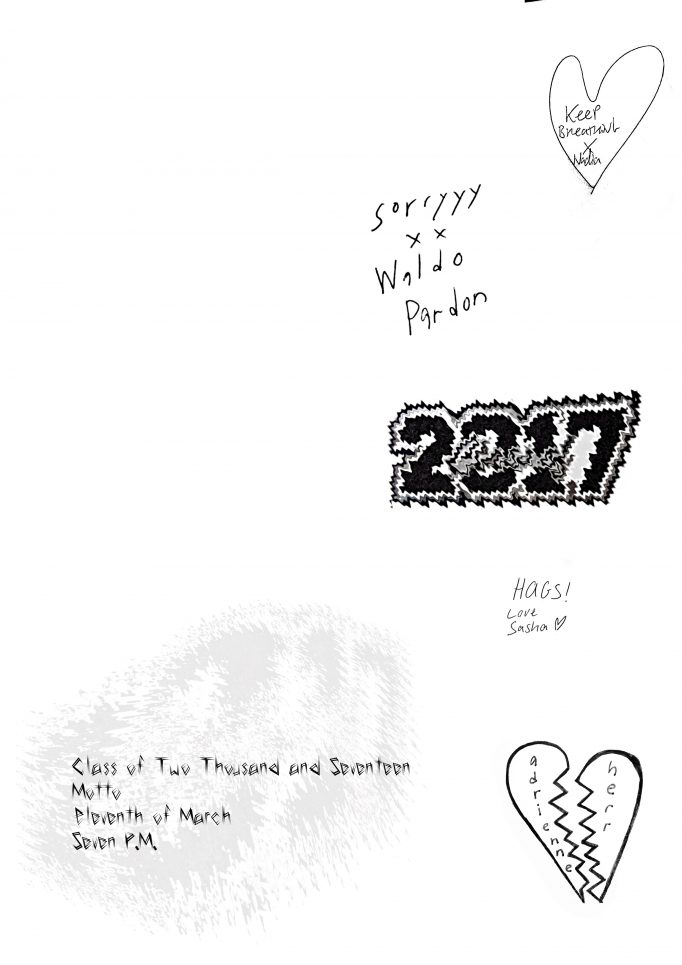Harun Farocki: Etwas wird sichtbar Document Material. Tom Holert (ed.). Harun Farocki Institut & Motto Books.
Posted in Film, Motto Berlin store, writing on September 8th, 2017Tags: Harun Farocki, Harun Farocki Institut & Motto Books
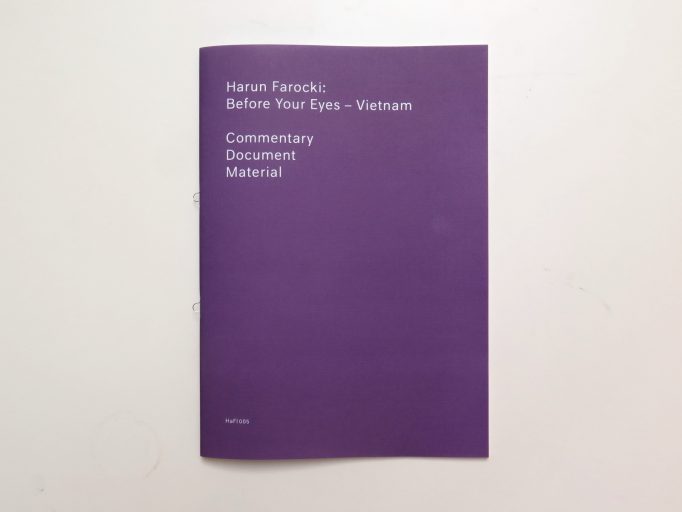
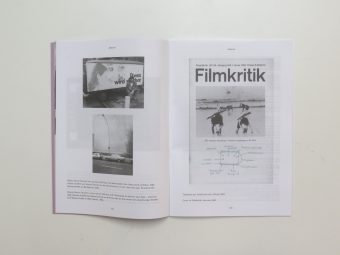
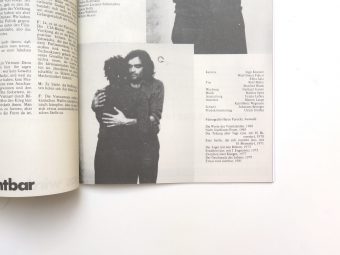

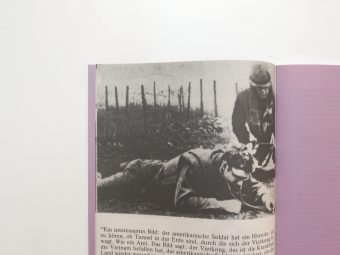
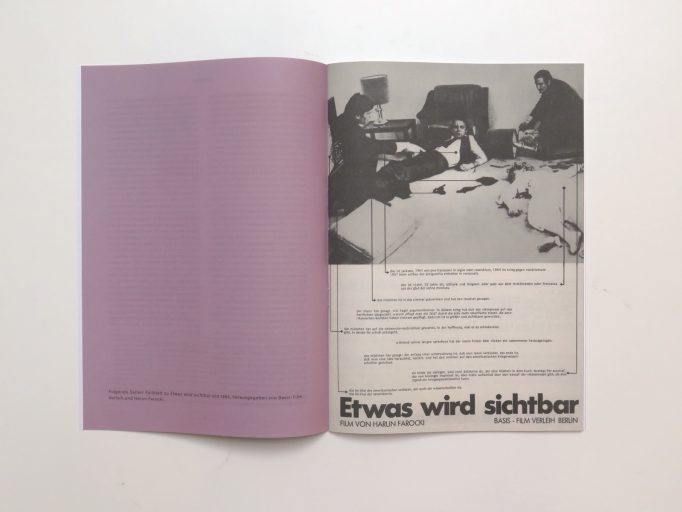
A hybrid attempt at coming to terms with a particular amnesia of the West German left in the late 1970s/early 1980s, Harun Farocki’s 1982 feature film BEFORE YOUR EYES – VIETNAM combines ideas about the distant, image-guided participation in the war in Vietnam with speculations on Vietnam as a laboratory of advanced modes of capitalist production, whilst reflecting intensely on the dyad of love and work.
This publication assembles selected material produced in 1982 to promote the film and make it accessible discursively. It includes the facsimile of a promotional leafleat that provided not only factual information but also directions for reading, a selection of unseen photos from the set and from a tiny piece of film (excavated in the archives of the Harun Farocki Institut), documenting a performative trailer put on an improvised stage by Farocki and actor Ronny Tanner during the Berlin Film Festival in 1982. The brochure is introduced by a commentary penned by the Harun Farocki Institut.
Harun Farockis spielfilmlanger Film ETWAS WIRD SICHTBAR von 1982 ist der hybride Versuch, mit dem in den späten 1970er/frühen 1980er Jahren spürbar schwindenden Gedächtnis der westdeutschen Linken umzugehen. Der Film verbindet Überlegungen zur bildgeleiteten Teilnahme am Krieg in Vietnam aus der geografischen Distanz mit Spekulationen über Vietnam als einem Forschungslabor für neue Methoden kapitalistischer Produktionsweise, während er gleichermaßen kontinuierlich über das Verhältnis von Liebe und Arbeit reflektiert.
Die Publikation versammelt ausgewählte Materialien, die 1982 entstanden sind, um den Film zu bewerben und ihn zudem diskursiv zugänglich zu machen. Sie enthält das Faksimile einer Werbebroschüre, die nicht nur Fotos oder Besetzungsliste, sondern auch Lektürehinweise und ein Interview (das Farocki mit sich selbst geführt hat) bereitstellte, sowie eine Reihe von bislang kaum bekannten Fotos vom Dreh und einer performativen Werbeaktion, die Farocki während der Berlinale 1982 gemeinsam mit dem Schauspieler Ronny Tanner zur Aufführung brachte (und die in einem kurzen Film, der 2016 im Archiv des Harun Farocki Instituts aufgetaucht ist, dokumentiert wurde). Das Heft wird eingeleitet durch einen Kommentar des Harun Farocki Instituts.


